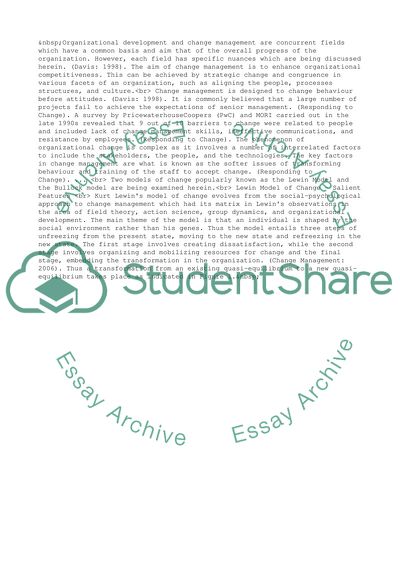Cite this document
(Change Management - Models of Change Case Study, n.d.)
Change Management - Models of Change Case Study. Retrieved from https://studentshare.org/management/1509885-change-management-college-essay
Change Management - Models of Change Case Study. Retrieved from https://studentshare.org/management/1509885-change-management-college-essay
(Change Management - Models of Change Case Study)
Change Management - Models of Change Case Study. https://studentshare.org/management/1509885-change-management-college-essay.
Change Management - Models of Change Case Study. https://studentshare.org/management/1509885-change-management-college-essay.
“Change Management - Models of Change Case Study”, n.d. https://studentshare.org/management/1509885-change-management-college-essay.


